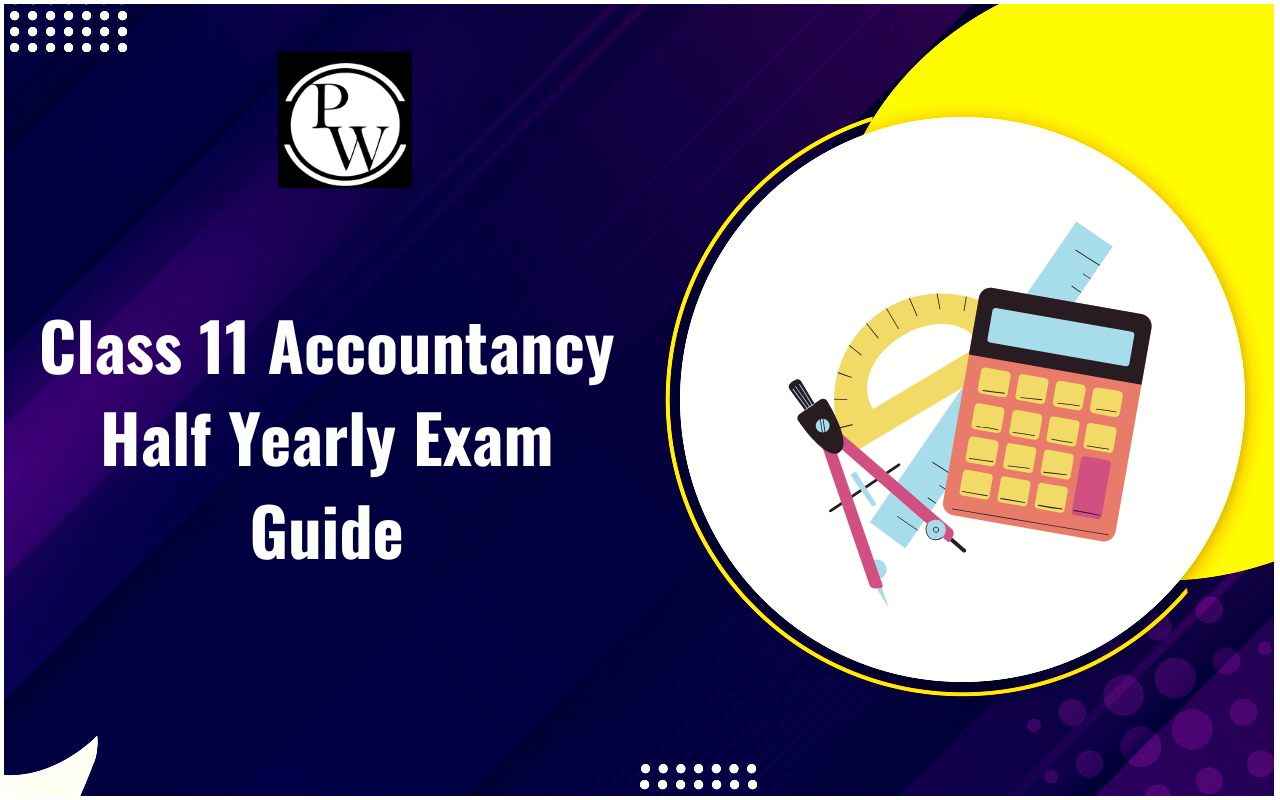

Every journal entry records crucial information about a specific business transaction, such as the date, credited and debited amounts, a brief description, and the impacted accounts. Depending on the company, it might also include subsidiary details, tax information, and other relevant data.
Journal entries are organized chronologically and adhere to the double-entry accounting system, ensuring each entry has both credit and debit entries. Even when transactions involve multiple accounts, the total amounts in the credit and debit columns must balance.
Journal Entry Meaning
A journal entry is a vital tool in accounting, used to document business transactions. Typically, it's recorded in the general ledger or, alternatively, in a subsidiary ledger that is later summarized and incorporated into the general ledger. The information in the general ledger is crucial for preparing financial statements for the business.
The concept behind a journal entry is to register each business transaction in at least two places, following the principle of double-entry accounting. For instance, when a cash sale occurs, it affects both the revenue and cash accounts positively. Similarly, purchasing goods on credit increases both the accounts payable and inventory accounts. This method ensures accurate and balanced financial records.
Steps to Record a Journal Entry
To record business transactions in a journal, follow these steps:
- Identify the accounts involved in the transaction.
- Determine the nature of each related account.
- Apply the appropriate debit and credit rules to the related accounts.
- Record the transaction date in the 'Date Column'.
- Enter the account to be debited with 'Dr.' and the debited amount in the debit amount column.
- List the credited account with 'To' and the credited amount in the credit amount column.
- Provide a brief explanation of the transaction as narration.
- Separate each journal entry with a line in the particulars column.
Components of a Journal Entry
A journal entry typically consists of several components:
- A header line, possibly featuring a journal entry number and entry date.
- The first column, which includes the account number and name where the entry is recorded. If it's a credit entry, it is indented.
- The second column indicates the debit amount.
- The third column indicates the credit amount.
- A footer line that might contain a brief explanation for the entry.
Looking for the Best Commerce Coaching?
Enroll Now in PW Commerce Batches!
Types of Journal Entries
There are various types of journal entries, including:
Opening Entries:
Opening entries initialize the current accounting period by carrying forward the ending balance from the previous period as the starting balance for the current period.
Transfer Entries:
Transfer entries relocate expenses or income from one account to another. For example, MyToys Manufacturing might move cash from its primary account to a subsidiary. These entries document the money transfer and always result in a net zero, with no involvement of third parties.
Closing Entries:
Closing entries signal the end of an accounting period. They establish a balanced final figure that can be moved from a temporary account to a permanent one or carried over to the next period. For temporary accounts, closing entries reset the account balance to zero. Any remaining balance is then shifted to another, more permanent account before the temporary account is closed.
Adjusting entries:
This type of entry is made at the end of the month to align financial statements with the applicable accounting standards, such as Generally Accepted Accounting Principles or International Financial Reporting Standards. For instance, unpaid wages can be accrued at month-end for companies using accrual accounting.
Compound Entries:
A compound entry involves more than two lines of transactions. It is useful for recording complex or multiple transactions simultaneously. For example, payroll entries often include numerous lines, detailing various tax obligations and deductions.
Reversing entries:
A reversing entry is typically an adjusted entry reversed at the start of the next period. This reversal commonly occurs when an expense was accrued in the previous period but is no longer necessary. For instance, a wage accrual from the preceding period might be reversed in the following period, replaced by an actual payroll expenditure.
| Read Related Topics | |||
| Short Run Costs | Unemployment Rate | Sources of Business Finance | Types of Intermediaries |
| Settlement of Accounts | The Value Added Method | Sacrificing Ratio | Share Capital of a Company |
What is a Journal Entry FAQs
What is meant by a journal entry?
What is a journal?
What is ledger called?
Is journal and diary the same?
What is a journal notebook?












